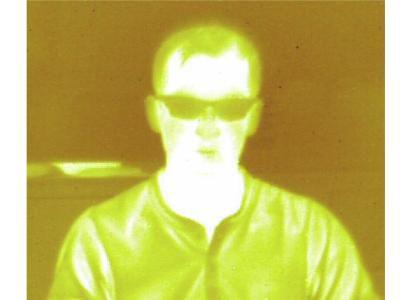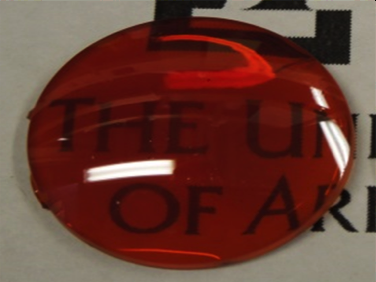Scientists Create Thermal-Imaging Lenses From Waste Sulfur
One man’s trash really can be another man’s treasure. Professors at the University of Arizona (UA) recently transformed sulfur waste from refining fossil fuels into moldable, infrared-capable plastic lenses—an incredibly inexpensive and lightweight component that can be used for night-vision goggles among other uses.
The discovery could have huge positive implications for the U.S. military, which has already expressed interest in the patent-pending polymer, Robert A. Norwood, professor of optical sciences at UA, says.
The polymer can be molded into any arbitrary shape needed, opening up a new range of options for military developers seeking alternatives to expensive and heavier night-vision goggles, Norwood says. Other military applications on a short list include thermal imaging, missile sites and spectroscopic threat detection, he adds.
These lenses could be used for any function or mission that involves heat detection and infrared light, from cameras to night-vision goggles or surveillance systems.
Norwood and his colleague Jeffrey Pyun, an associate professor of chemistry and biochemistry at UA who was first to start experimenting with sulfur-based polymers, placed the new polymer in a sort of window and snapped a photo of a man standing on the other side. “We could see the heat coming off the body,” Norwood says. “It was pretty exciting to see that.”
The professors discovered the sulfur-based lenses are transparent to mid-range infrared, between 3 to 8 microns. And the lenses have “high optical” or focusing power, which means they can be thin—and thus lightweight—to focus on nearby objects.
The UA scientists' next step involves drumming up industry and Defense Department talk and funding as they continue their research and work to improve the product. “We really would like to have now a focused program on further development of these materials,” Norwood says.






Comments